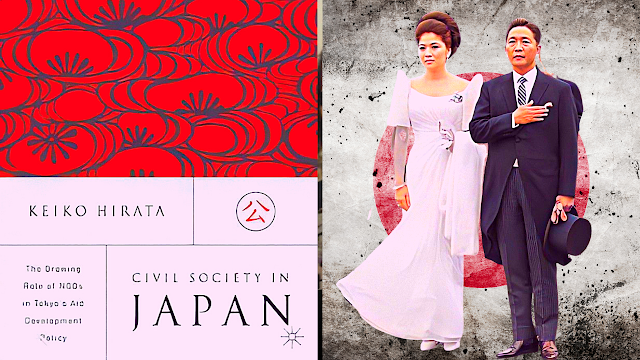Marcos 10-15% Commission from Economic Fund Loans with 50 Japanese Contractors
There are two main practices that corrupt Japanese firms commit: Bribery and dango (bid-rigging), Bribery cases involve Japanese firms that provide lucrative monetary offers to local officials and cronies in recipient countries, The most notorious bribery case was undoubtedly the "Marcos Scandal" of 1986. When Filipino President Ferdinand Marcos fled to Hawaii after the "People's Revolution". The US Customs office confiscated his secret documents on entry into the United States.
The Marcos Japanese ODA Scandal, referred to in Japan simply as the Marukosu giwaku (マルコス疑惑), or "Marcos scandal",[1] refers to incidents of alleged corruption linked to Japanese Official Development Assistance to the Philippines during Philippine president Ferdinand Marcos' administration.
The scandal so preoccupied the Japanese legislature in 1986 that the legislative session of that year earned the nickname of the "Marcos Diet."[2] The lessons from the Marcos scandals were among the reasons why Japan created its 1992 ODA Charter.
When the Marcoses were exiled to Hawaii in the United States in February 1986 after the People Power Revolution,[2] the American authorities confiscated papers that they brought with them. The confiscated documents revealed that since the 1970s, Marcos and his associates received commissions of 10 to 15 percent of Overseas Economic Cooperation Fund loans from about fifty Japanese contractors.







Comments
Post a Comment